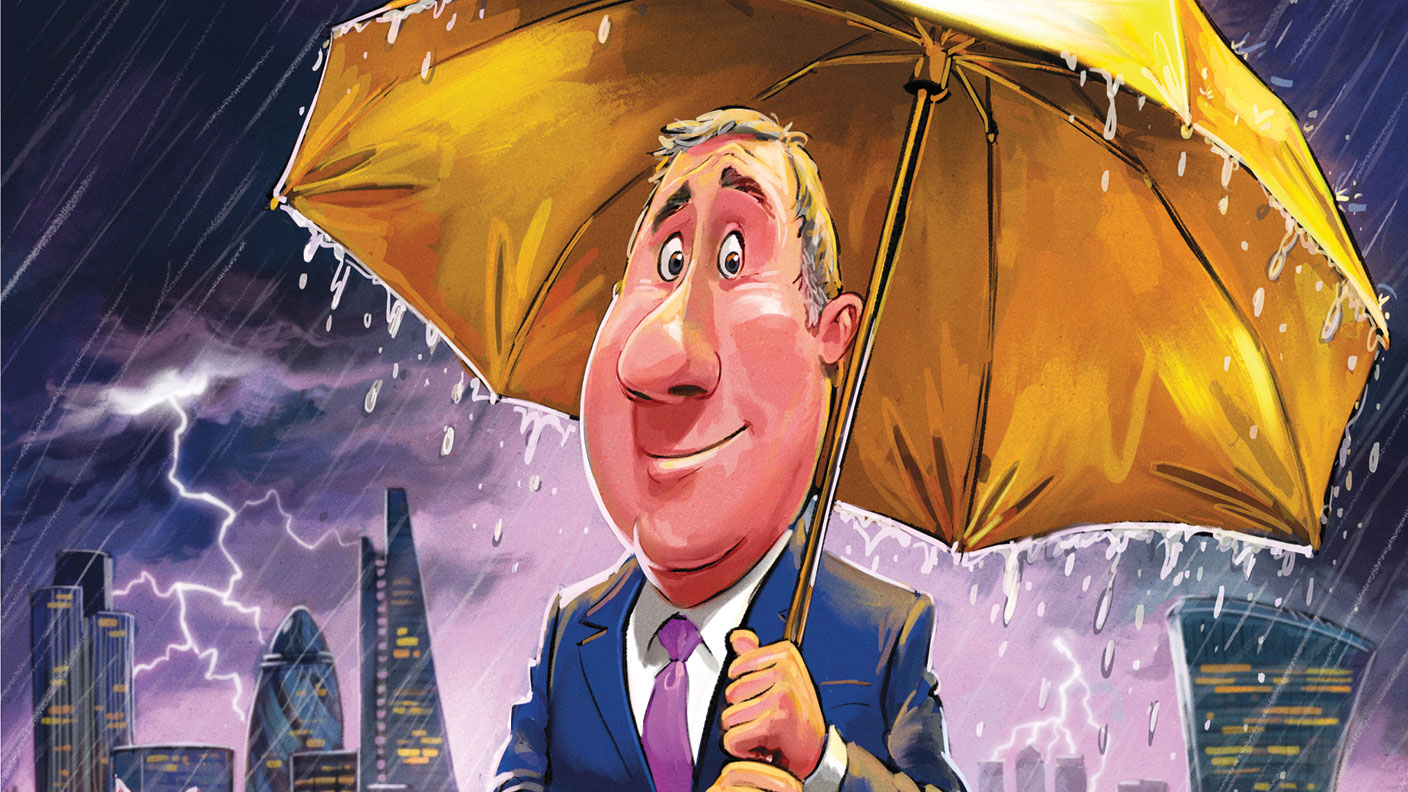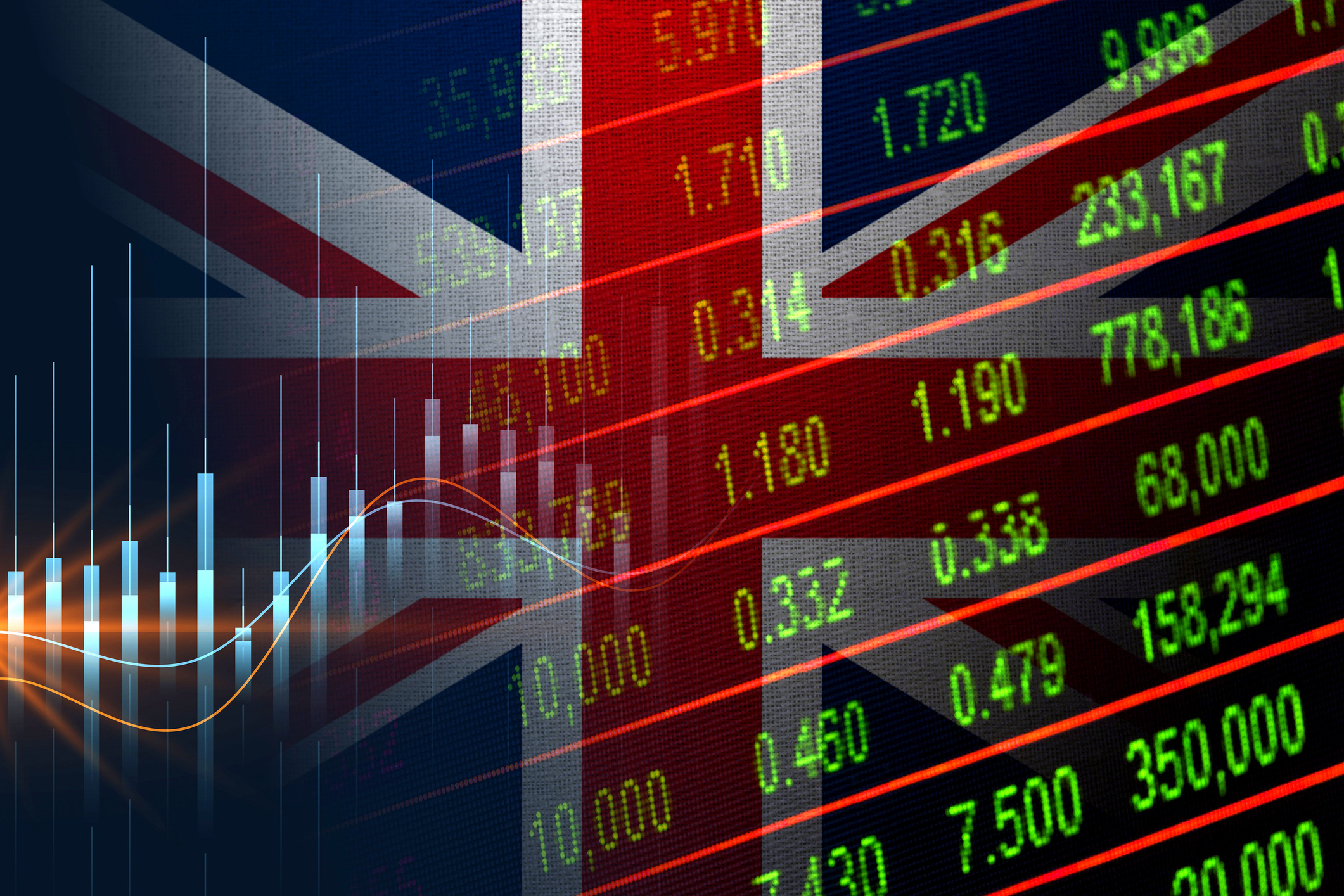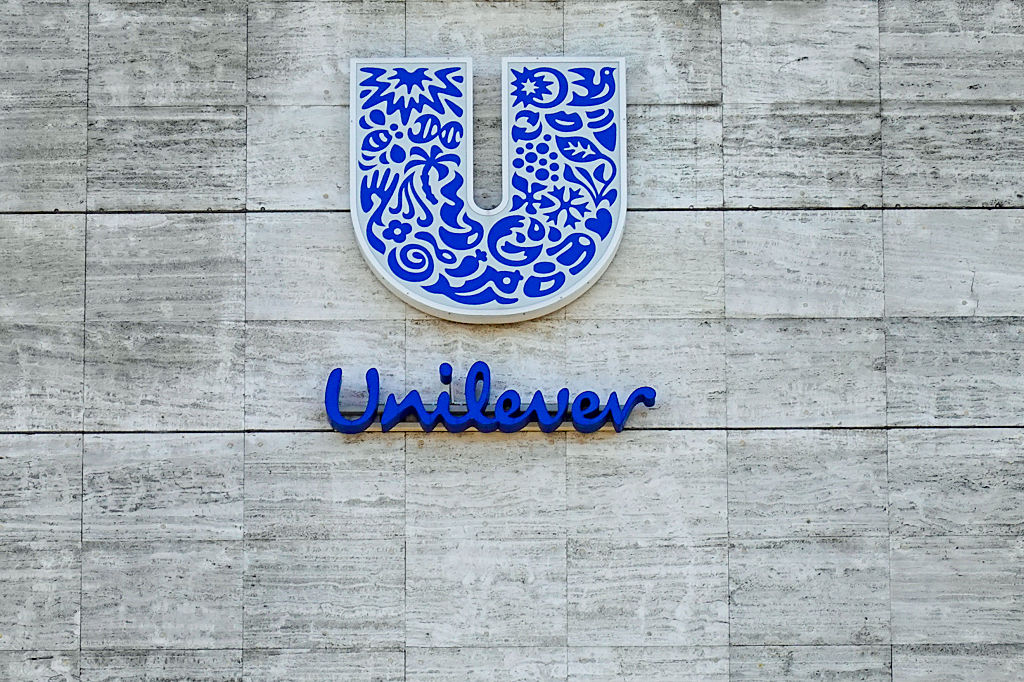Hold gold: insuring your portfolio could prove lucrative
Gold has had a grim year, but the backdrop for the traditional safe haven and store of value remains auspicious. There is scope for the price to jump by 30%-40%, says Dominic Frisby


“Put 10% of your portfolio in gold and hope it doesn’t go up,” says a Wall Street adage. Never has the advice seemed more apt than during the past 12 months. Stocks have been almost unstoppable. America’s benchmark S&P 500 index is about 40% higher than it was a year ago. The UK mid-cap FTSE 250 has done almost as well. Even the FTSE 100 blue-chip index has jumped – and by nearly 1,000 points.
And yet gold, at around $1,790 an ounce, is down by 15%, and silver by more. A year ago, gold was north of $2,000/oz. Silver was testing $30/oz. Today gold is at $1,790/oz; silver, $23/oz. Find me another asset that has fallen in price with all the quantitative easing, or money printing, that is going on – there aren’t many.
They say a rising tide lifts all boats, but gold and silver have both been bypassed in the broad commodities rally. The brutal truth is this: over the past year precious metals have been outshone by virtually every other asset in the world.
MoneyWeek
Subscribe to MoneyWeek today and get your first six magazine issues absolutely FREE

Sign up to Money Morning
Don't miss the latest investment and personal finances news, market analysis, plus money-saving tips with our free twice-daily newsletter
Don't miss the latest investment and personal finances news, market analysis, plus money-saving tips with our free twice-daily newsletter
But if you followed the wisdom of the adage, you’ve done well. Your gold was your insurance premium. Everything else went up. Better that than the other way round. That gold hasn’t been appreciating means all other sectors are doing just fine.
You can argue that the growth is illusory – it might well prove to be – but for now markets aren’t buying it. Gold’s problem, says Charlie Morris of The Fleet Street Letter, is that “the economic recovery is going too well”. But to us gold speculators, insurance is boring. We want gold going to $2,500 and gold stocks trebling and quadrupling. Still, we should be careful what we wish for. The inflationary reality of that scenario may not be so pleasant.
An analogue asset?
Is there even any point in having gold anymore? Now we have bitcoin: digital gold in a digital age. Gold’s beauty may not have been replicated, but its scarcity has – and that is what gives it value. The digital economy is where the growth is. You don’t have to go through ten years of hell to get a mine producing. You can code an app and get it to market in months. Investors get a quicker return and so the sector attracts more capital. Gold, meanwhile, this most analogue of assets in a digital world, plods on.
Last weekend saw the 50th anniversary of President Richard Nixon taking the US off the gold standard. It is ironic that it should occur as the US bails out of Afghanistan, another of its disastrous foreign interventions (see page 8). The US abandoned gold to finance its war in Vietnam. In August 1971 French president Pompidou sent a battleship to New York to collect its gold holdings; the British asked the US to prepare $3bn worth of Fort Knox gold for withdrawal; and President Nixon told the citizens of the United States in a televised address that the United States would no longer honour its promise to redeem dollars for gold.
When asked about the impact this would have on foreign nations, Nixon’s answer was, “I don’t give a s**t about the lira”. Nixon floated the greenback because he did not have the gold to pay for the military infrastructure the US had built to drop four million tonnes of explosives on Southeast Asia. Like income tax, quantitative easing and masks, floating the dollar was touted as a temporary measure.
For the first time in history gold played no part in the monetary system. “What a tragedy for mankind,” said US Federal Reserve chairman Arthur Burns. He was right. Purists – of which I am one – will trace so many of the world’s problems, from spendthrift governments and their bloated states to house-price inflation and inequality, to that decision.
Gold bugs have always maintained that a return to gold is inevitable. History shows the fiat-money systems inevitably die. An inflationary collapse is all but unavoidable. Yet here we are 50 years on and a return to gold hardly seems imminent. The only people talking about it are nutters on chat boards. The fiat-currency system may be a mess and its consequences verging on the despicable, but it is surviving and functioning.
Inflation has arrived
It’s clear that inflation is here. House prices are displaying double-digit inflation. A pint of beer that 18 months ago cost me £4 now costs me £6.50. Materials costs are through the roof. School fees are up. Wages are rising. Heck, even the Bank of England admits there is inflation. And yet gold is down.
Last week, at 11pm on Sunday night, when markets were particularly thinly traded (Japan and Singapore were on holiday), somebody dumped 100 tonnes of gold on the global market – $4bn worth. Gold miners typically sell $10bn on a given day, and during normal working hours, not when markets are at their least liquid. Some reports are that it was a margin call, others that it was somebody trying to manipulate the price lower. Who knows? But who wants to take on a market like that?
Gold analyst Ross Norman, CEO of metalsdaily.com, argues that “all things considered gold actually fared well with such an onslaught”. Ross constantly tops the London Bullion Market Association’s annual forecasting competition, so we should heed his advice. Despite the gloom of your author, he is bullish.
“Investors’ confidence has been shaken by the rapid take-down in gold prices, but the market is building a base. Don’t expect runaway prices; this is seasonally a weak period. But, having ground out a bottom, the path of least resistance should be higher. Some will point to burgeoning debt [or] inflationary expectations and question why it’s not much higher.”
“The reality is the market has had to absorb a steady outflow of institutional sales amounting to about 200 tonnes so far this year, coupled with weak demand from India and... China. Retail buying in the form of coins and bars is one of the few positives. I suspect [that this episode] has shaken weaker hands from the market leaving gold to perhaps now surprise to the upside, but as always, patience is required.”
Ah, patience! Ten years ago gold was $1,920, higher than it is today. Think of all the money that’s been printed. There is pretty much no other asset, certain commodities aside, trading below where it was ten years ago. Particularly the asset you buy to hedge against money printing.
You can cite all the arguments you like about fiat money, inflation, debt, suppressed interest rates, money printing, unsustainable spending, misleading government statistics. I agree with them all. The gold price “should” be going up. It “should” be two or three times higher. But it isn’t.
To read the whole of this article, subscribe to MoneyWeek magazine
Subscribers can see the whole article in the digital edition available here
Get the latest financial news, insights and expert analysis from our award-winning MoneyWeek team, to help you understand what really matters when it comes to your finances.
Dominic Frisby (“mercurially witty” – the Spectator) is as far as we know the world’s only financial writer and comedian. He is the author of the popular newsletter the Flying Frisby and is MoneyWeek’s main commentator on gold, commodities, currencies and cryptocurrencies. He has also taken several of his shows to the Edinburgh Festival Fringe.
His books are Daylight Robbery - How Tax Changed our Past and Will Shape our Future; Bitcoin: the Future of Money? and Life After the State - Why We Don't Need Government.
Dominic was educated at St Paul's School, Manchester University and the Webber-Douglas Academy Of Dramatic Art.
You can follow him on X @dominicfrisby
-
 Why UK investors are backing British stocks in 2026
Why UK investors are backing British stocks in 2026The UK stock market may be lacking fashionable technology shares but investors are keen to buy British next year
-
 UK inflation live: Inflation fell to 3.2% in November
UK inflation live: Inflation fell to 3.2% in NovemberA rise of 3.2% in CPI inflation in the 12 months to November undershoots almost all expectations
-
 British blue chips offer investors reliable income and growth
British blue chips offer investors reliable income and growthOpinion Ben Russon, portfolio manager and co-head UK equities, ClearBridge Investments, highlights three British blue chips where he'd put his money
-
 Coreweave is on borrowed time
Coreweave is on borrowed timeAI infrastructure firm Coreweave is heading for trouble and is absurdly pricey, says Matthew Partridge
-
 Renewable energy funds are stuck between a ROC and a hard place
Renewable energy funds are stuck between a ROC and a hard placeRenewable energy funds were hit hard by the government’s subsidy changes, but they have only themselves to blame for their failure to build trust with investors
-
 Profit from document shredding with Restore
Profit from document shredding with RestoreRestore operates in a niche, but essential market. The business has exciting potential over the coming years, says Rupert Hargreaves
-
 The war dividend – how to invest in defence stocks as the world arms up
The war dividend – how to invest in defence stocks as the world arms upWestern governments are back on a war footing. Investors should be prepared, too, says Jamie Ward
-
 Literacy Capital: A trust where great returns fund a good cause
Literacy Capital: A trust where great returns fund a good causeThere’s plenty to like about specialist private-equity trust Literacy Capital, says Max King
-
 An AI bust could hit private credit – could it cause a financial crisis?
An AI bust could hit private credit – could it cause a financial crisis?Opinion Private credit is playing a key role in funding data centres. It may be the first to take the hit if the AI boom ends, says Cris Sholto Heaton
-
 8 of the best ski chalets for sale now
8 of the best ski chalets for sale nowThe best ski chalets on the market – from a traditional Alpine-style chalet in Switzerland to an award-winning Modernist building in Japan’s exclusive ski areas
